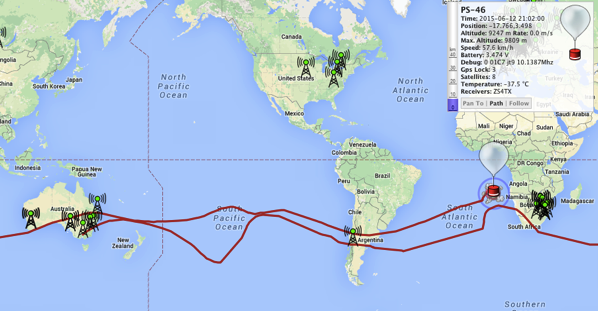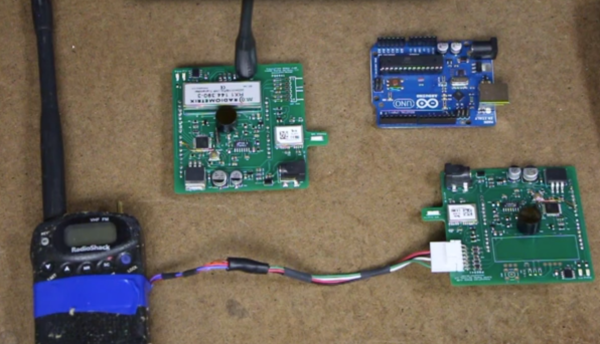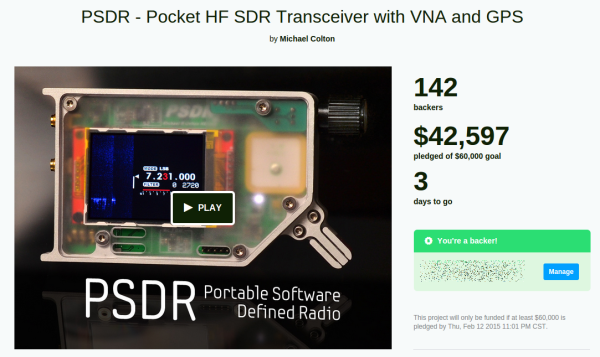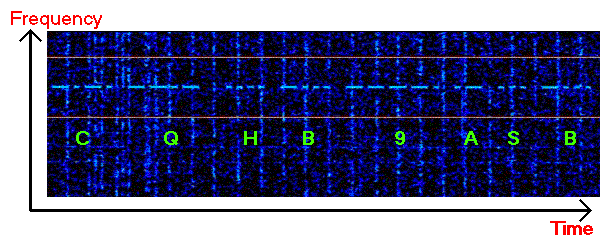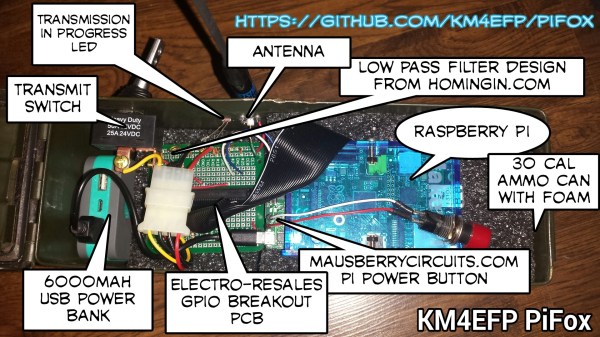We’ve reported on “space” balloons before. Heck, some of us have even launched a few. Usually they go way up in the air, take some cool pictures, and land within driving (and retrieving) distance the same afternoon. You get often amazing photos and bragging rights that you took them for the low, low price of a really big helium balloon and a fill.
But what if you shrunk everything down? Over the last few years, [Andy, VK3YT] has been launching ever smaller and lighter balloons with very low power ham radio payloads. So no camera and no photos, but the payback is that he’s launching payloads that weigh around thirteen grams complete with GPS, radio, solar cell, and batteries. They can stay up for weeks and go really far. We’d love to see some construction details beyond the minimalistic “Solar powered party balloon, 25mW TX”. But that about sums it up.
Continue reading “Pico Space Balloon Circumnavigates The Globe, Twice”

